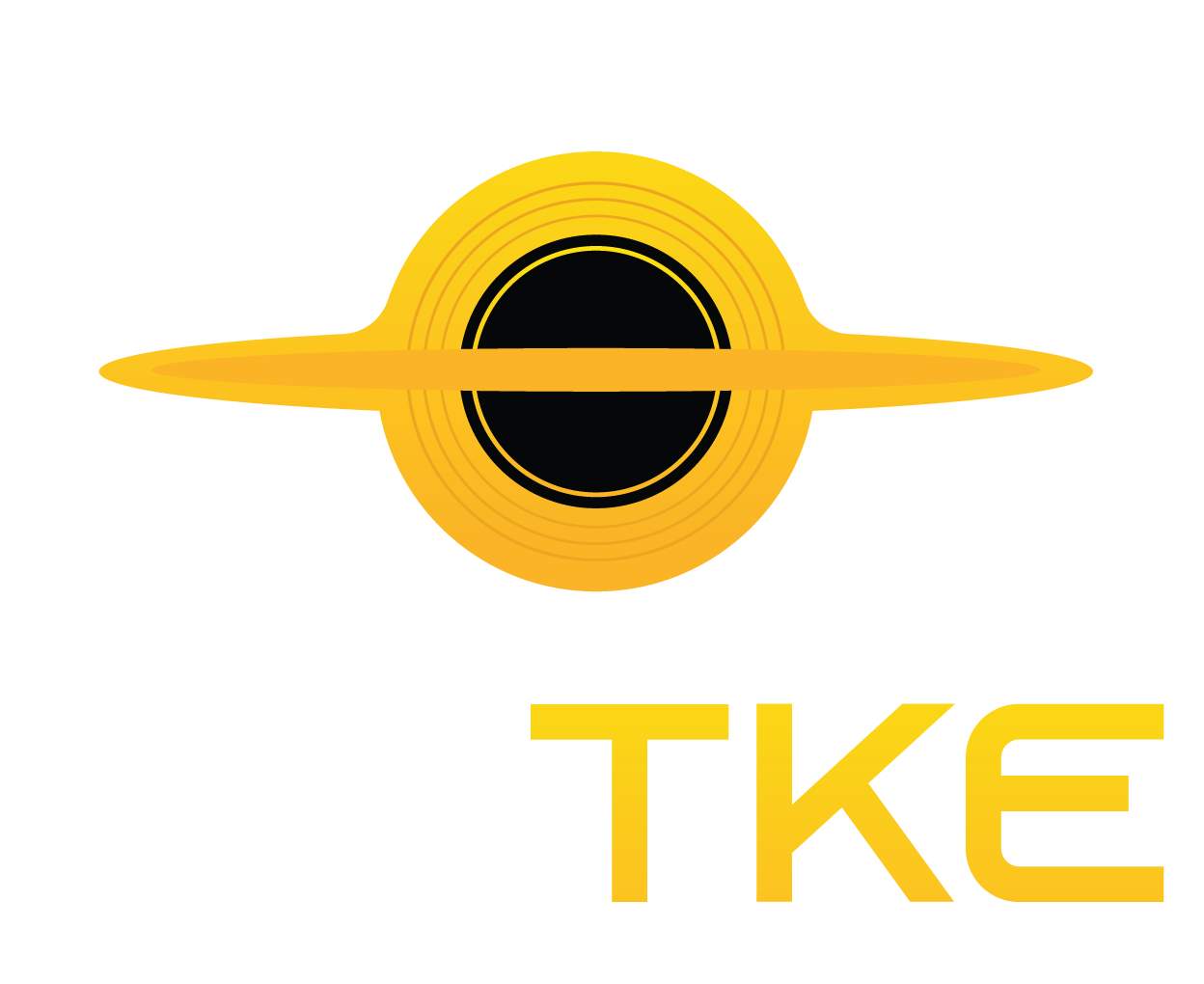Elecom Launches First Long-Life Sodium-Ion Power Bank

Elecom
Elecom, a Japanese hardware company, has introduced what it claims to be the world’s first power bank featuring a sodium-ion battery. This new battery technology promises a significantly longer lifespan compared to traditional lithium-ion batteries and can operate in both extreme hot and cold environments.
They designed the DE-C55L-9000 with a familiar rounded shape, resembling most power banks available today. It houses a 9,000mAh battery, a 45W USB Type-C port, an 18W Type-A port, and charging indicator LEDs.
What sets this power bank apart is the sodium-ion battery inside. While similar in function and structure to lithium-ion batteries, sodium-ion ones use sodium for the cathode material and sodium salts instead of lithium salts for the electrolyte. This shift means less reliance on scarce and valuable metals like lithium, cobalt, and copper, making the production process more sustainable.

Elecom
Exceptional Performance in Extreme Temperatures
The sodium-ion battery also excels in extreme temperatures, operating safely in a range from -30°F (-34°C) to 122°F (50°C), which makes it ideal for use in challenging outdoor environments. Additionally, due to the nature of the materials used, these batteries present a lower risk of fire hazards.
Another major advantage is the longer cycle life of sodium-ion batteries. Elecom’s power bank can endure up to 5,000 charge cycles, whereas lithium-ion batteries typically last between 500 and 1,000 cycles. This longevity makes it an appealing option for users who need a durable and long-lasting device.
This is one of the first commercially available products utilizing sodium-ion technology, which has been in development since the 1970s. Sodium-ion batteries could offer a more affordable cost per kWh than lithium-ion and are easier to produce since their manufacturing processes are similar to those of lithium-ion batteries. Furthermore, manufacturers can ship these batteries in a stable, zero-volt state, which reduces the risks associated with transportation.
The widespread use of sodium-ion batteries could also decrease the need for harmful mining practices to extract metals like cobalt and copper, as sodium is abundant in natural sources such as sea salt and the Earth’s crust.
Pricing and Comparisons to Other Power Banks
The Elecom power bank is priced at 9,980 JPY (approximately $67 USD) in Japan and is available in limited quantities. While it’s notably more expensive than other 10,000mAh power banks from brands like Anker, which range from $16 to $24, it’s also heavier, weighing 12.3 oz (350g) compared to Anker’s models, which are between 7.5 oz and 8.6 oz (212g to 244g).The additional weight likely results from sodium-ion batteries having a lower energy density than their lithium-ion counterparts. This lower energy density is one reason why manufacturers haven’t widely adopted sodium-ion batteries in electric vehicles, although some low-range EVs are expected to use this technology soon. Researchers are also exploring sodium-ion batteries for stationary energy storage applications.

Elecom
Although this power bank may not have the most impressive performance, its durability could see it lasting up to 13 years with daily use, signaling a promising future for battery technology in everything from smartphones to electric vehicles.
Read the original article on: New Atlas
Read more: World’s First 18650-Sized Potassium-Ion Battery Aims to Tackle Lithium Shortage










